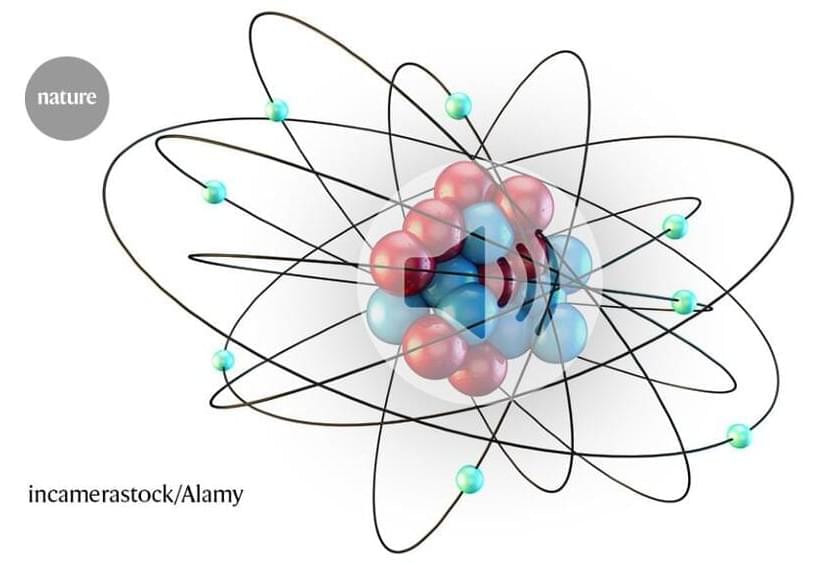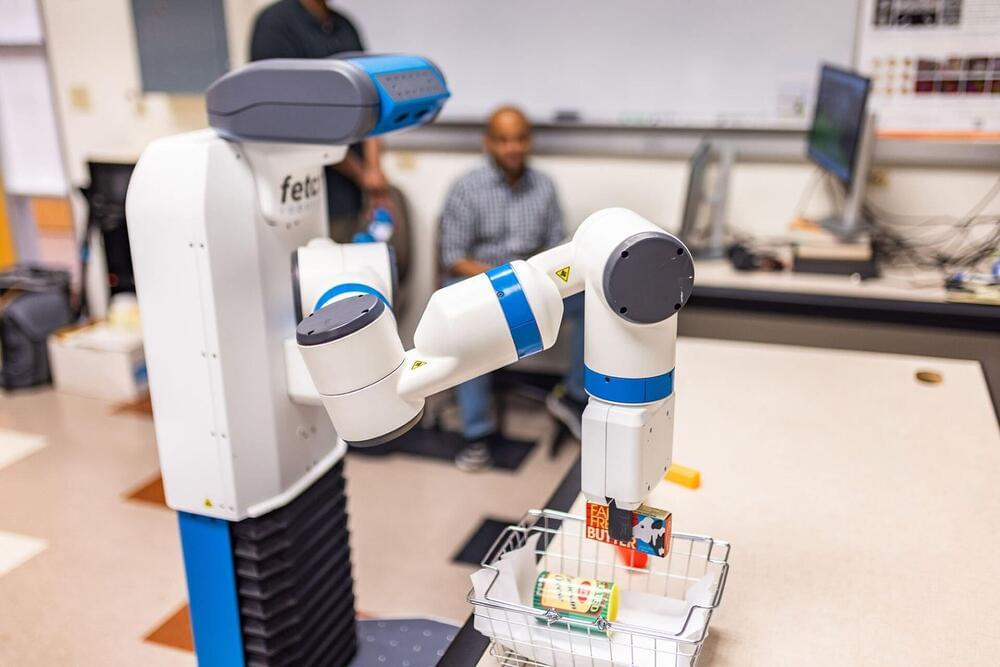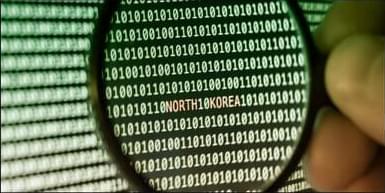Sep 4, 2023
How new batteries could help your EV charge faster
Posted by Shailesh Prasad in category: futurism
A Chinese battery company wants to solve one of the biggest obstacles to wider EV adoption.
A Chinese battery company wants to solve one of the biggest obstacles to wider EV adoption.

The long-sought finding challenges scientists’ understanding of the strong nuclear force, and the AI that can beat human champions at drone racing.
Zirconium, the metal extracted from the mineral, zircon, may not be well-known, but its remarkable properties make it indispensable in nuclear power, the chemical industry, medicine and more. Since ancient times, zircon — a word believed to have originated from the Persian zargun, meaning gold-like — has been used in jewellery and decorations.
The IAEA has released The Metallurgy of Zirconium, a three-volume publication offering a comprehensive overview of the metal, its extraction, properties and applications in nuclear energy. Here are five interesting facts about zirconium.
Italian robotics co…
The qb SoftHand2 Research is the stronger, smarter and more versatile evolution of qb SoftHand Research: an anthropomorphic robotic hand with 19 disclosable self-healing finger joints. It is always adaptable and robust, easy-to-use and flexible.
The qb SoftHand2 Research represents a compromise between complexity and dexterity. This new hand is capable of performing both precision and power grips, as well as manipulating objects while maintaining a stable grip.
The Indian Space Research Organisation (ISRO) is set to launch a humanoid robot into space as part of its Gaganyaan mission, its first human spaceflight mission.
The much-delayed mission is back on track after ISRO successfully landed its probe on the moon’s South Pole, a world first.
According to the ISRO, the Gaganyaan project was established to demonstrate human spaceflight capability by launching a three-person crew to an orbit of 248 miles for a three-day mission and then bring them back to Earth safely, landing in Indian sea waters.

A robot moves a toy package of butter around a table in the Intelligent Robotics and Vision Lab at The University of Texas at Dallas. With every push, the robot is learning to recognize the object through a new system developed by a team of UT Dallas computer scientists.
The new system allows the robot to push objects multiple times until a sequence of images are collected, which in turn enables the system to segment all the objects in the sequence until the robot recognizes the objects. Previous approaches have relied on a single push or grasp by the robot to “learn” the object.
Continue reading “New AI technology gives robot recognition skills a big lift” »
Scientists from the Babraham Institute suggest an alternative connection between diet and aging, based on studies in yeast. Dr. Jon Houseley and his team have published their experiments, demonstrating that healthy aging is achievable through dietary change without restriction by potentially optimizing diet and that ill health is not an inevitable part of the aging process.
Scientists have long known that caloric restriction – intentionally consuming far fewer calories than normal without becoming malnourished – improves health in later life and may even extend life. However, studies in mice show that caloric restriction really needs to be maintained throughout life to achieve this impact, and the health benefits disappear when a normal diet is resumed. Dr. Houseley’s new research conducted in yeast suggests an alternative to calorie restriction can lead to improved health throughout the lifecycle.
I’ve released my latest paper. Enjoy:
Abstract.
A common interpretation of wakeful, nondestructive mind uploading is that the person with the postoperative original body exclusively persists the preoperative identity and that the person with the upload’s body is some sort of identity copy. A frequent argument supporting this claim is that the preoperative person’s stream of consciousness attaches exclusively to the postoperative person with the original body. By implication, the person with the upload’s body spawns a new stream of consciousness, implying copy identity status. I argue that this is not the best metaphysical model of what happens in nondestructive uploading in the context of a stream of consciousness interpretation, and defend an alternative model which has generally received little attention in the existing literature: the branching identity model.
From training medical students to helping surgeons perform operations using the latest tech, virtual reality (VR) is pushing the boundaries in medical care ever further, with the help of IEC Standards.

A malicious campaign targeting MacOS, Linux, and Windows systems has been attributed to the North Korean threat group Lazarus. Cybersecurity researchers at ReversingLabs made the disclosure after tracking VMConnect for about a month.
ReversingLabs first spotted the VMConnect campaign in early August. Cybersecurity researcher and blogger Karlo Zanki described it as consisting of two dozen “malicious Python packages” posted on the openly accessible PyPI software repository.
Continue reading “North Korean malicious package targets Windows” »